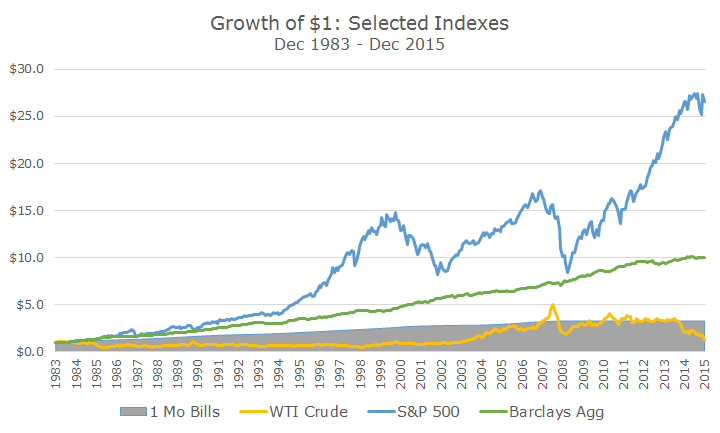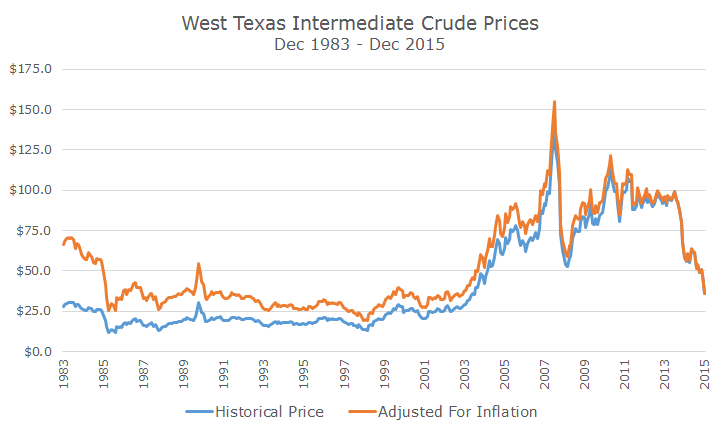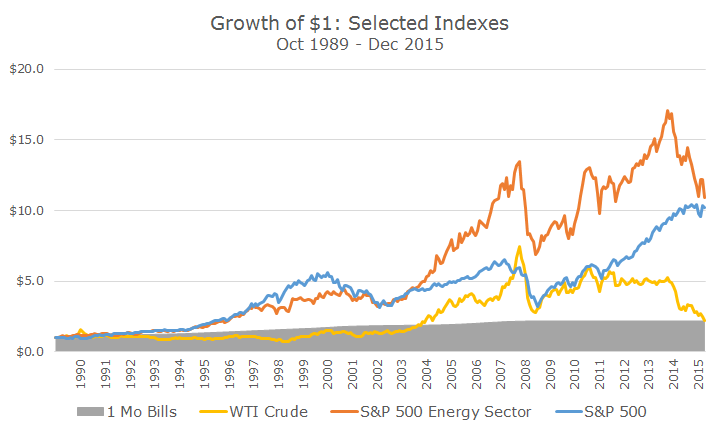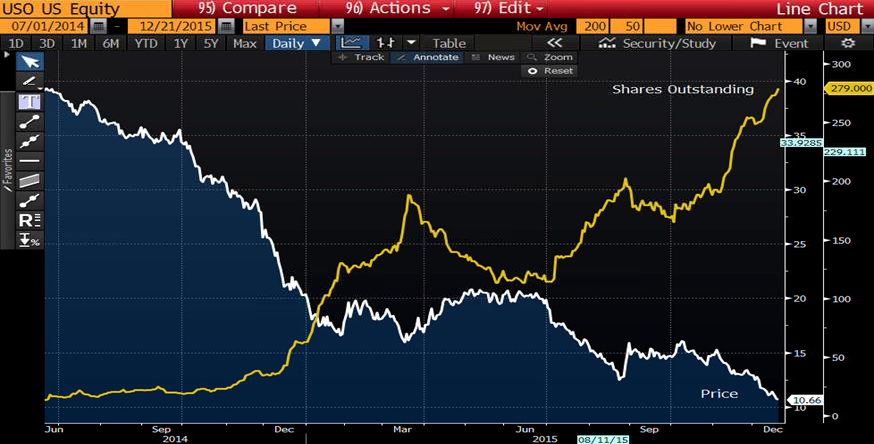http://www.sec.gov/Archives/edgar/data/751173/000119312515409219/d104788d497.htm497 1 d104788d497.htm MANNING & NAPIER FUND, INC.
MANNING & NAPIER FUND, INC.
Supplement dated December 21, 201
5 to the combined Prospectus (the “Prospectus”) dated May 1, 201
5 as supplemented August 3, 201
5, November 17, 201
5, November 2
5, 201
5 and December 16, 201
5 for the following Series:
Focused Opportunities Series
This supplement provides new and additional information beyond that contained in the Prospectus and should be read in conjunction with the Prospectus.
The Board of Directors of the Manning & Napier Fund, Inc. has voted to completely liquidate the Focused Opportunities Series (the “Series”).
The closure of the Series to new investors and to additional investments from existing shareholders was described in the December 16, 201
5 supplement to the Prospectus.
The Series will redeem all of its outstanding shares on or about January 2
5, 2016 and distribute the proceeds to the Series’ shareholders (subject to maintenance of appropriate reserves for liquidation and other expenses).
As is the case with other redemptions, each shareholder’s redemption, including a mandatory redemption, will constitute a taxable disposition of shares for those shareholders who do not hold their shares through tax-advantaged plans. Shareholders should contact their tax advisors to discuss the potential income tax consequences of the liquidation.
As Series shareholders redeem shares of the Series between the date of this supplement and the date of the final redemption, and as the Series increases its cash positions to facilitate redemptions, the Series may not be able to continue to invest its assets in accordance with its stated investment policies. Accordingly, the Series may not be able to achieve its investment objectives during the period between the date of this supplement and the date of its final redemption.
PLEASE RETAIN THIS SUPPLEMENT FOR FUTURE REFERENCE



